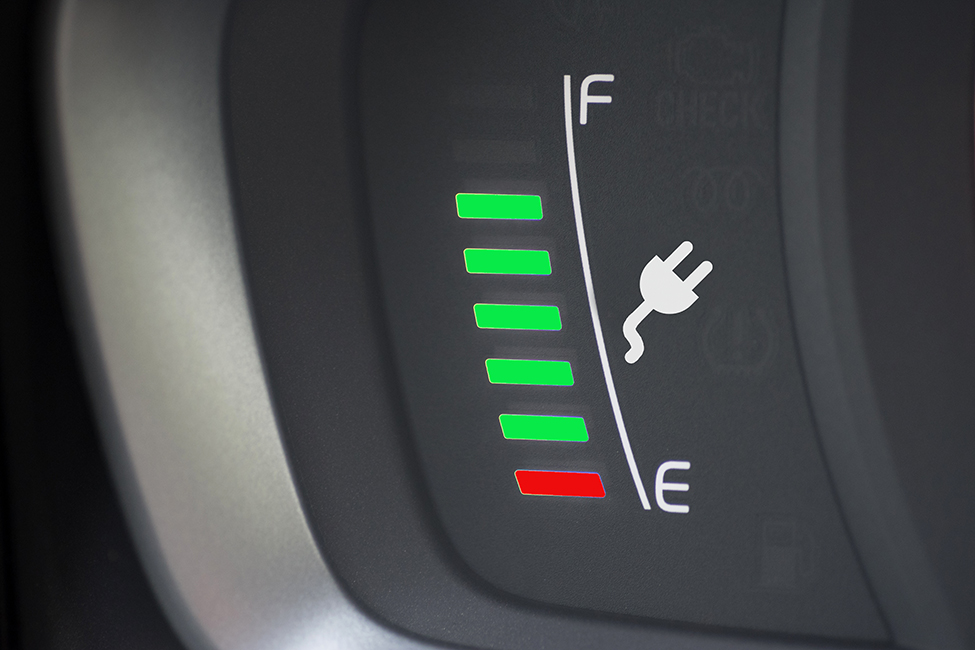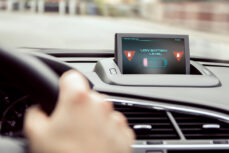Electric vehicles: which kind for which use?

The different green cars and their uses
Today’s green cars are available as electric, hybrid and hybrid plug-in models. Cars designed to freely eliminate or limit the consumption of fossil fuels by themselves. But what exactly are we talking about, and what use can we make of them?
The electric car
These vehicles are driven exclusively by an electric motor powered by a rechargeable portable battery that can charge up through a conventional socket or a specialised terminal. This motorisation combines zero emissions, silence and responsiveness. From Renault and Tesla to BMW and PSA, Nissan or Kia to Mercedes, there’s a wide range of available models now. The average range of the electric car, between 100 and 500 kilometres, makes them particularly suitable for urban journeys or trips fewer than 100 kilometres. Beyond that, or at high speeds on the motorway, the need to recharge may require searching for a charging point and a relatively long stop.
The hybrid car
Hybrid vehicles combine an internal combustion engine, usually petrol and an electric motor. The latter recovers the kinetic energy from the braking and acceleration phases and transforms it into electricity. The ions recovered are stored in a battery that powers the electric motor when needed, giving it an average range of about 10 kilometres miles. This combination reduces polluting emissions by 15 to 25%, and it is particularly suitable for urban use where energy recovery phases are frequent or for longer journeys, excluding motorways. On motorways, driving relies entirely on the petrol engine due to the scarcity of braking and acceleration.
The rechargeable hybrid cars
The hybrid car has a specialised characteristic that allows it to recharge from a conventional electrical socket or charging point. With an electric range of 50 to 60 kilometres, the rechargeable hybrid car is particularly suitable for urban use and short journeys. Beyond that, and on motorways, the drive system relies entirely on the petrol engine, which bears a relatively high weight due to the on-board batteries.
Learn how to analyse your driving profile
Many motorists overestimate their driving time and the length of their daily journey. The UK Government National Travel Survey 2019 found that people in the UK travel on average:
- 33 kilometres per day with their car;
- 15 kilometres per day commuting.
These distances are perfectly compatible with buying a green car! In addition to this, the network of charging stations is rapidly growing. According to The Department of Transport, there were 18,583 public recharging devices in 2020 throughout the UK. A figure that has gone up by 312% since 2015 and continues to increase. Zap-Map counts 34,360 UK charge points in total. Before you change cars, note the distance of each journey you make and the type of roads you travel on for a few weeks. It will help you choose the model that is best suited to your driving profile when taking the plunge into the world of green cars.
In recent years, the car market has seen a sharp increase in the sales of green cars. Despite the overall drop of sold vehicles in 2020 due to the Covid-19 lockdown, sales for electric and hybrids increased sharply, with plug-ins now accounting for more than 10% of UK sales (source: Autocar). It seems UK drivers are increasingly convinced by eco-mobility, with more than 164,100 pure-electric cars on UK roads at the end of September 2020 – and more than 373,600 plug-in models, including rechargeable hybrids. The combined figures for new car registrations from 2020, collected by the Society of Motor Manufacturers and Traders, show that around 10.5% were electric vehicles of some type.














